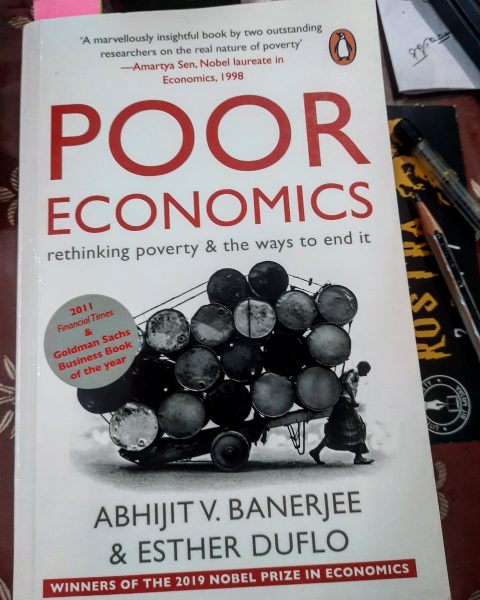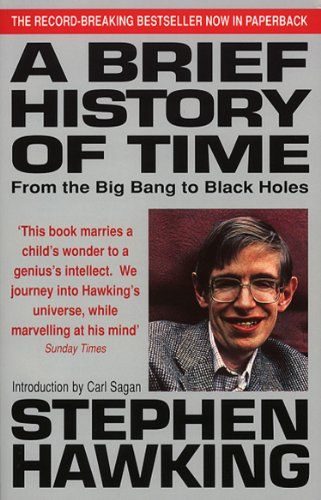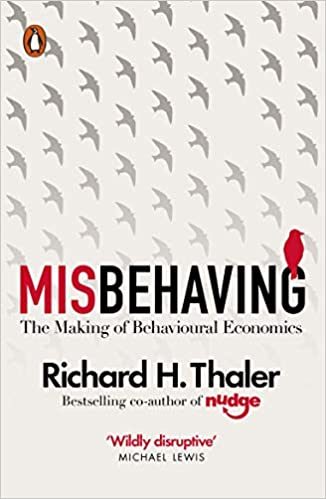
Our life is but a winter’s day,
Some only breakfast and away,
Others to dinner stay and are full fed,
The oldest man but sups and goes to bed,
He that goes soonest has the least to pay.
– A.C Maffen
A jobless and distraught Shankar finds refuge in Curzon Park at Chowringhee under the statue of Sir Hariram Goenka, deprived of the comforts he had as the last clerk of the last English barrister of the Calcutta High Court.His life was good until the old Barrister breathed but now he was amidst the millions shelterless whom Sir Hariram’s Statue provided a good sleeping site.Made them travel far from the land of tireless striving to the beautiful lands of dreams. One such evening at Curzon Park made Shankar face to face with an old acquaintance, a private detective Byron. By the grace of Byron, Shankar got a job at the Shahjahan Hotel. Shahjahan hotel, an establishment by a man named Simpson, was more than a mere hotel. Its walls were painted. Painted undergraces and curses. A place which had stood firm in all times and had seen too much of all times.
Shankar gets to meet people, unknown but who became the pillars of his future life. There was Satyasundar Bose whom the Shahjahan crowd has madeSata Bose, there was Marco Polo the manager whom life has blessed with much curses and grievances which the outer crowd knew nothing about.
Being posted at the reception with the brotherly Sata Bose, Shankar came to know the demonic suited crowd of Calcutta. An accursed city that shines bright, day and night, mocking upon its people. A city proudly covering its sins. Set in 1962’s Shankar with this book depicts Calcutta in a different cover. A City of dreams soaked in sins and grief. A city where people’s suits are just covers for their demonic souls. A city where money can build and destroy.
There are people, too good but sufferers of this accursed city; there is Doctor Sutherland, the angel of Suite number 2 Karabi Guha, the unsung maestro of Shahjahan P.C Gomez, the simple Nityahari, Connie and Lambreta whose lives are mere melancholy, the air hostess Sujata Mitra ……….all suppressed under the agonies of life but still keeping the hustle on.
Life goes on in Shahjahan and many stories unfold before Shankar as the thick paint of Shahjahan’s walls dissolute.
The whole book captures the audience and binds them with the characters whose life forms a ship trapped in storm and we rise and fall with the tide.The language is simple but is good enough for the inner person to rise and retaliate the anguish of life. We all being the patriarch who stays till supper.





